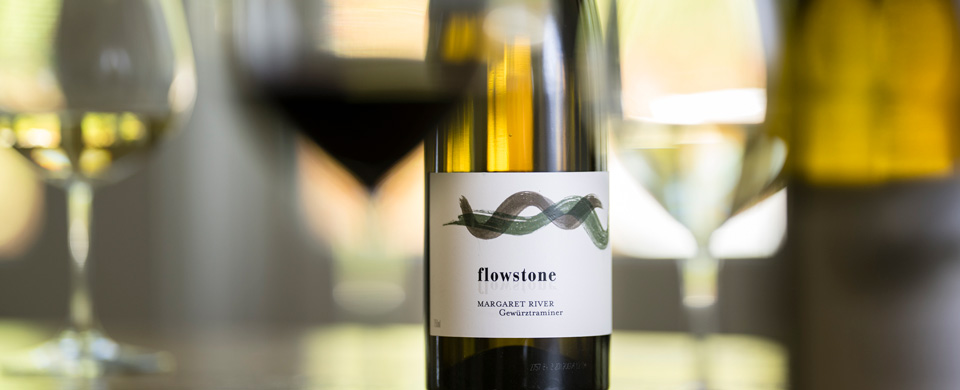Bordeaux from a Margaret River Perspective
If you are a passionate wine person, you’re likely to be aware of the wine region in France known as Bordeaux. It is obviously a very old and highly esteemed wine region, with wine being produced there since the Romans. It is also the spiritual home to Cabernet Sauvignon, Merlot and blends. The scale of the region is enormous, packed with history, colourful characters and architectural feats that make it the focus of many books, wine being just a small part of it.
The Margaret River wine region often draws parallels with the famous region of Bordeaux and it’s for good reason. In 1965 Dr John Gladstone in a now famous paper, likened the Margaret River climate to that of Bordeaux noting the similarity of the soil and growing conditions. From the first plantings in the region, Cabernet Sauvignon was always amongst them and today, the Margaret River is considered one of the true reference points for Cabernet Sauvignon in Australia (well, I certainly think so.)
The Bordeaux Wine Region
Bordeaux is, of course, the wine region centred around the city of Bordeaux, which sits on the Garonne River. Just to the north, this river joins the Dordogne, which forms the Gironde Estuary. It is to the north and south of these rivers that the Bordeaux wine region is found. The wine industry here is the biggest in France, with roughly 120,000 hectares of vines, and about 700 million bottles of wine being made annually. These range from lovely affordable ‘quaffers’ available in the supermarkets, to the extraordinarily expensive wine from the classic Châteaux, such as Châteaux Margaux, Châtaux Lafite and Châteaux Latour. There are 54 designated wine regions, with over 8,500 producers. The wines range from classic dry reds, to medium bodied reds, to rosés, to dry white blends, to the very sweet dessert wines from Sauternes and Barsac.
The most famous regions are the Medoc, on the west of the Gironde, famous for its Cabernet Sauvignon based blends; the St Emilion Pomerol region on the east of the Dordogne, famous for its blends of mainly Merlot and Cabernet Franc; the Sauternes and Barsac regions to the south of the Garonne, famous for its sweet dessert wines; and the Pessac Leognan area, just south of the city of Bordeaux, famous for its dry white wines made from Sauvignon Blanc and Semillon.

Margaret River Bordeaux Connection
Bordeaux is the world reference point for Cabernet Sauvignon, so as a Margaret River wine producer, you have to be aware of their wines, and what they are doing.
My first experience with Bordeaux wines was at tastings in Melbourne in the late 80’s, at what was then the de Burgh-Day Wine shop. This was a fantastic introduction to the dry red table wines of Medoc, and St Emilion/Pomerol, and the dry white wines of Pessac Leognan. I was hooked!!!
Returning to Margaret River in 1990 as winemaker at Voyager Estate, I recall buying 1990 Bordeaux red wines en primeur (before they are released). This was the start of my wine collecting passion. I do recall having the 1990 Chateau Margaux on my 40th birthday.
I did work at Domaine de Chevalier in 1996 for their vintage. They are considered one, if not the, best producers of the dry white blends of Sauvignon Blanc and Semillon. This was a fantastic experience for me, and lead to the production of some landmark Margaret River wines in this style. I have visited Bordeaux on numerous occasions since then, and fortunately, seem to be able to get some introductions to the very nice Chateaux.
Since then, I have been keeping abreast of what has been happening in Bordeaux, buying some of their wines, and even enjoying some of them!! I have been closely following the 2019 en primeur prices, but I don’t think I can afford the wines I would like to have (actually I know I can’t).
Inspiration for the Flowstone Cabernet Sauvignon?
Making the Flowstone Queen of the Earth Cabernet Sauvignon is not done in emulation of the Bordeaux style, but certainly with a nod to it. To me, it is more about reflecting Margaret River, and this special little part of it that I live in – Forest Grove – than bowing to any other style.
What is really interesting is that in July 2019, Bordeaux approved 7 new grape varieties that can now be officially planted within the region. This is to introduce varieties that they feel the vines will be able to tolerate global warming. This includes 3 new white varieties, and 4 red. Within the 4 new red allowed varieties is Touriga Nacional!! So one can imagine a whole lot of wines coming out made from blends of Cabernet Sauvignon and Touriga, something I’ve been playing with here at Flowstone for quite a while.
So, the Flowstone Cabernet Sauvignon Touriga is a wine of some pre-eminence, and really is a ground breaking wine…it is also a very interesting, and lovely wine to drink. I think we are all on to something!!!
Get a taste for yourself of these two remarkable wines:

